Have you ever caught your dog staring at you and wondered what was going through their furry little mind? You're not alone. Many dog owners find themselves pondering the meaning behind their pet's intense gaze. In this comprehensive guide, we'll explore seven reasons your dog stares at you and what each type of stare might mean. From affection to hunger, we'll decode your dog's body language and help you better understand your best friend's dog stare.
Understanding Your Dog's Body Language
Dogs communicate in many ways, and body language plays a significant role. While humans rely heavily on verbal communication, dogs use a complex system of visual cues to express their feelings and needs. Understanding your dog's body language, including their eye contact, your dog's staring behavior and posture, can strengthen your bond and improve your overall relationship.
When a dog stares at you, it's often a way of communicating something important. But what exactly are they trying to say? Here are 8 reasons your dog stares at you:
1. Your Dog Wants Something

One of the most common reasons why dogs stare at their pet parents is because they want something. This could be food, a walk, or simply some attention. Dogs learn that making direct eye contact with their owners can get them what they want.
Food Cravings
If your dog tends to stare at you while you're eating, it's likely they're hoping for a taste of whatever you're having. Dogs have an incredible sense of smell and can detect human foods from a distance. When they fix their gaze on you, especially during mealtime, they're essentially asking, "Can I have some of that?"
Playtime
Dogs also stare to signal that they're ready for playtime. If your pup brings you a toy and then fixes their eyes on you, they're probably waiting for you to engage in a game of fetch or tug-of-war.
Walks and Outdoor Activities
If your dog tends to stare at you around the same time every day, it might be their way of reminding you that it's time for their daily walk. Dogs are creatures of habit and quickly learn routines. A loving gaze coupled with a wagging tail often means your dog is ready to go outside.
2. Expressing Affection

Believe it or not, one of the sweetest reasons your dog stares at you is to express affection. Dogs stare at their owners as a way of showing love and building a strong bond.
The Love Hormone
When dogs and their owners engage in mutual gazing, a hormone called oxytocin is released. Often referred to as the "love hormone," oxytocin plays a crucial role in bonding and social interactions. This loving gaze can make both you and your dog feel happy and connected.
Strong Bond
Over time, this mutual gazing helps strengthen the relationship between you and your dog. It's similar to how humans feel when making eye contact with someone they care about. Your dog's stare is their own special way of saying, "I love you."
Puppy Eyes
Dogs have even evolved to use facial expressions that appeal to humans. The famous "puppy eyes" look, where dogs raise their inner eyebrows to make their eyes appear larger and more infant-like, is a prime example of this. It's a tactic they use to melt our hearts and show affection - and shows that your dog loves you.
3. Seeking Guidance

Sometimes, dogs stare at their owners for guidance. This is particularly common in well-trained dogs who look to their owners for cues on what to do next.
Waiting for Commands
If your dog has undergone dog training, they might stare at you when they're uncertain about what to do. They're waiting for you to give them a command or signal. These types of intense stares are often accompanied by a stiff posture and alert ears.
Problem-Solving
Dogs also look to their owners for help when faced with a problem they can't solve on their own. For example, if a toy is stuck under the couch, your dog might stare at you to get your attention and ask for assistance.
Reassurance
In unfamiliar or stressful situations, dogs might stare at their owners for reassurance. Your presence and eye contact can provide comfort and make them feel safe.
4. Interpreting Your Actions

Dogs are incredibly observant and constantly watch their owners to understand their actions and predict what will happen next.
Daily Routines
Dogs learn our daily routines and anticipate what's coming next. If your dog stares at you while you're getting ready in the morning, they're likely trying to figure out if you're about to leave the house or give them breakfast.
Body Language
Dogs are experts at reading human body language. They watch for subtle cues that indicate what you're about to do. For example, if you reach for your coat, your dog might stare at you, knowing that it means you're going outside.
Emotional States
Dogs are also attuned to their owners' emotional states. If you're feeling sad or stressed, your dog might stare at you as a way of offering support and comfort. They can sense when something is wrong and want to be there for you.
5. Cognitive Dysfunction

Unfortunately, excessive staring can sometimes be a sign of cognitive dysfunction, especially in older dogs. This condition, similar to dementia in humans, affects a dog's memory, learning, and comprehension.
Confusion and Disorientation
Older dogs with cognitive dysfunction might stare blankly as a result of confusion or disorientation. If your dog's staring seems vacant or unfocused, it could be a sign that they're struggling with cognitive issues.
Seek Professional Help
If you notice other signs of cognitive dysfunction, such as changes in sleep patterns, increased anxiety, or loss of house training, it's essential to seek professional help. A vet can provide guidance on managing the condition and improving your dog's quality of life.
Monitoring Behaviour
Regularly monitoring your dog's behaviour and keeping track of any changes can help you catch cognitive dysfunction early. Early intervention can make a significant difference in managing the condition.
6. Communicating Needs

Dogs use staring as a way to communicate their needs and desires. Understanding these cues can help you respond appropriately and keep your dog happy and healthy.
Bathroom Breaks
If your dog is staring at you intently and then glancing towards the door, they might be trying to tell you that they need to go outside for a bathroom break. Recognizing this signal can prevent accidents and ensure your dog is comfortable.
Thirst and Hunger
A dog that stares at you and then looks towards their water or food bowl is likely trying to communicate hunger or thirst. Make sure to check their bowls regularly and keep them well-fed and hydrated.
Discomfort or Pain
Dogs might also stare at their owners when they're experiencing discomfort or pain. If your dog's staring is accompanied by other signs such as whining, limping, or changes in behaviour, it's crucial to investigate further and seek veterinary care if necessary.
7. Instinctive Behaviour

Staring can also be an instinctive behaviour rooted in a dog's natural instincts and evolutionary history.
Pack Dynamics
In the wild, dogs and wolves use staring as a way to establish dominance and communicate within their pack. While domestic dogs are far removed from their wild ancestors, some of these instincts still remain.
Focus and Attention
Dogs tend to stare intently when they're focused on something specific. This could be a toy, a treat, or even another animal. Their intense eye contact is a way of locking onto their target and preparing for action.
Protective Instincts
Dogs have a natural instinct to protect their owners. If your dog is staring intently at a stranger or an unfamiliar object, it might be their way of assessing potential threats and ensuring your safety.
8. Feeling Insecure or Uncomfortable

Sometimes, a dog's stare can be a sign of insecurity or discomfort. If your dog is staring at you with a stiff posture and a hard stare, they might be feeling vulnerable or anxious. This behaviour can happen in unfamiliar situations or when they're unsure of what's going to occur next.
If your dog exhibits excessive staring and seems uneasy, it may be helpful to seek professional advice from a vet or a dog behaviourist.
Conclusion
Understanding the reasons why your own dog stares at you can deepen the bond between you and your furry friend. Whether they're expressing affection, seeking guidance, or communicating their needs, your dog's stare is a powerful form of communication.
By paying attention to your dog's body language and responding appropriately, you can ensure that your pet feels understood and loved. If you have concerns about your dog's staring behaviour, don't hesitate to seek professional help from a veterinarian or a dog behaviourist.
For more tips on understanding your dog's body language and improving your relationship, sign up for our newsletter or visit our blog for additional resources. Together, we can ensure that every pet parent feels confident and connected with their furry companions.
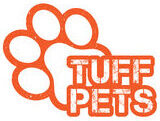
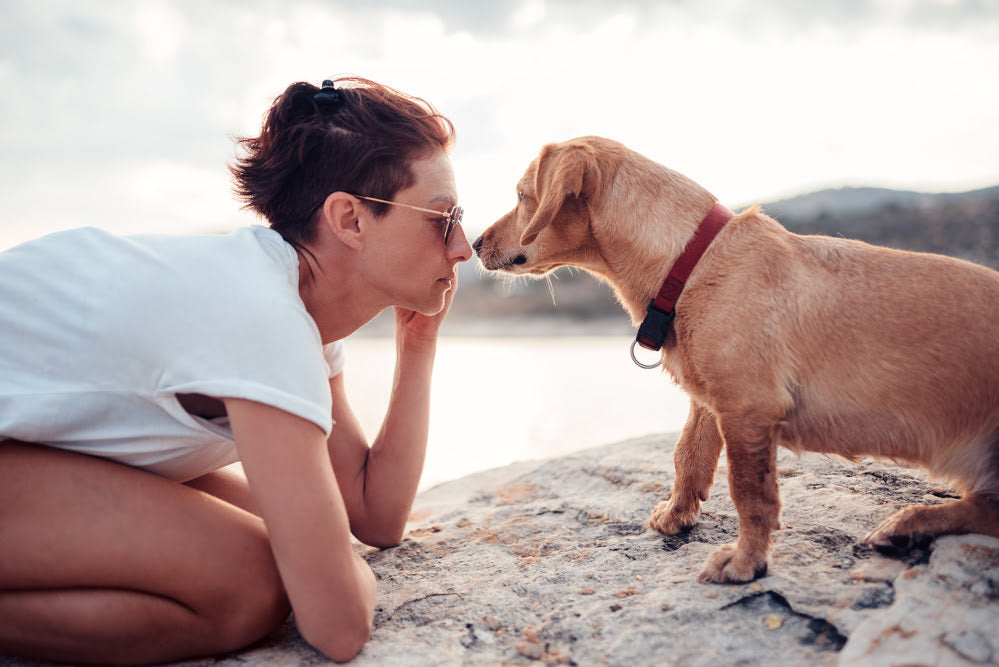
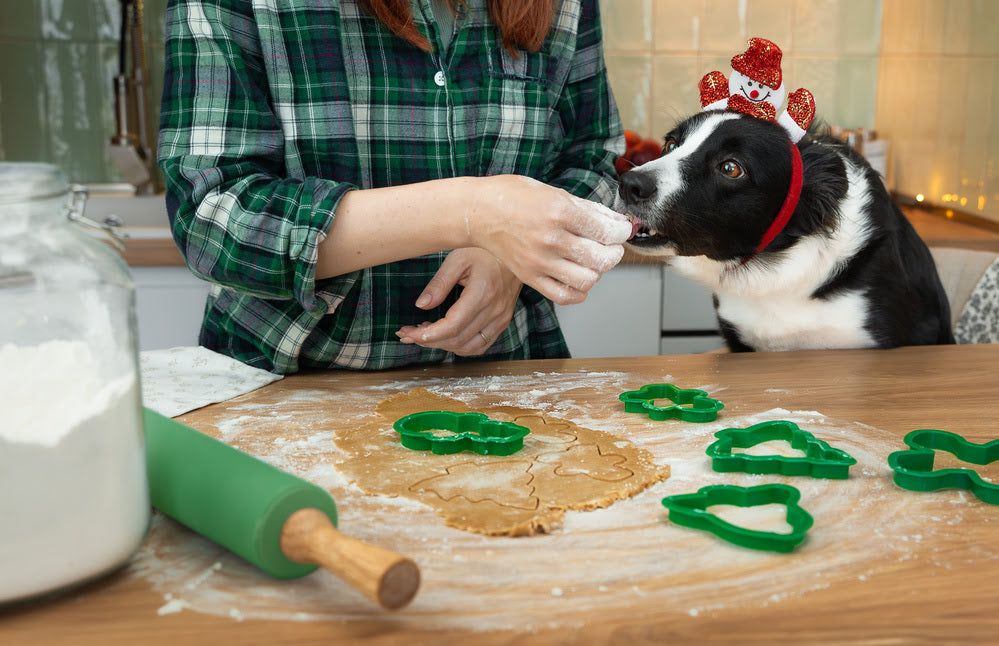
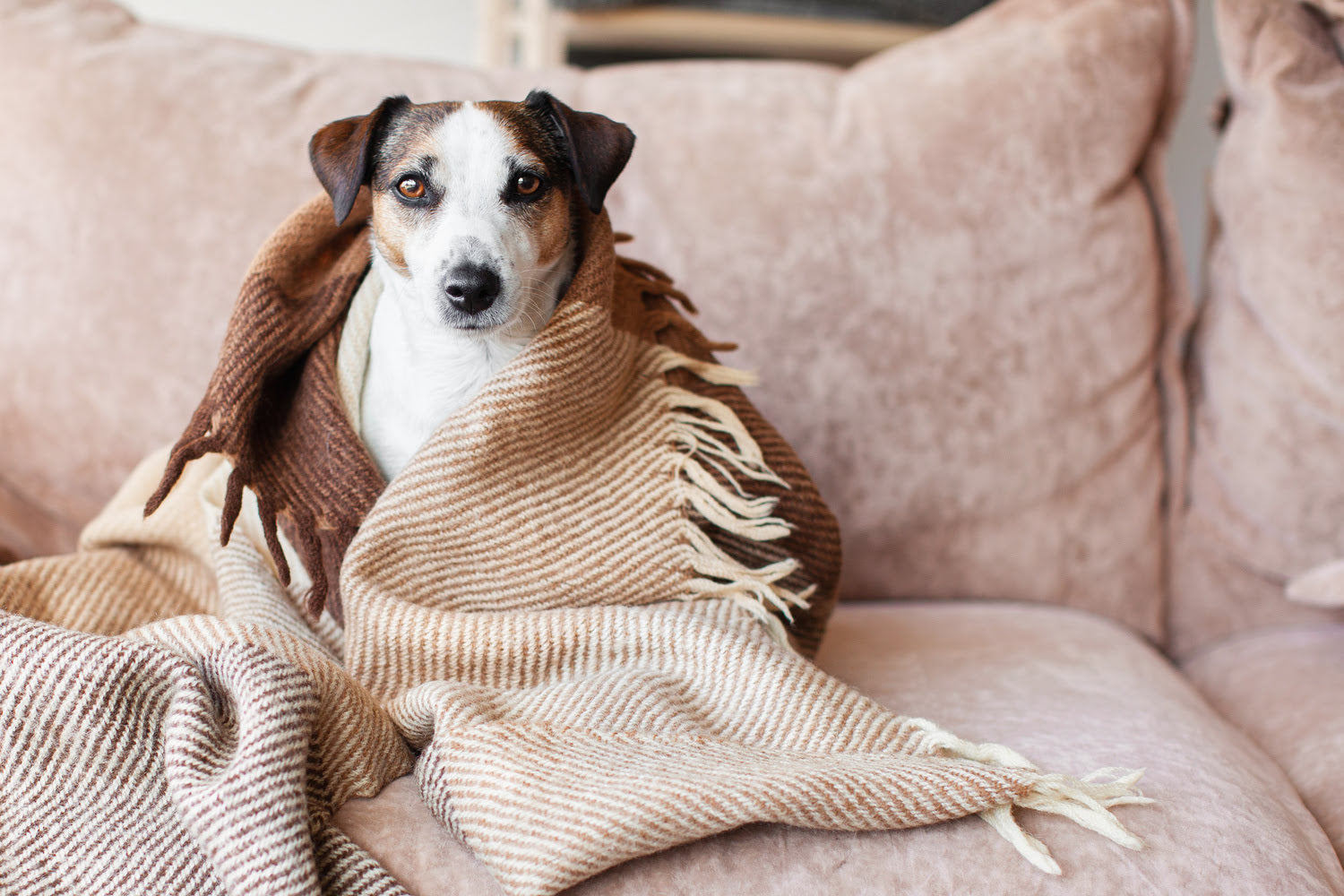
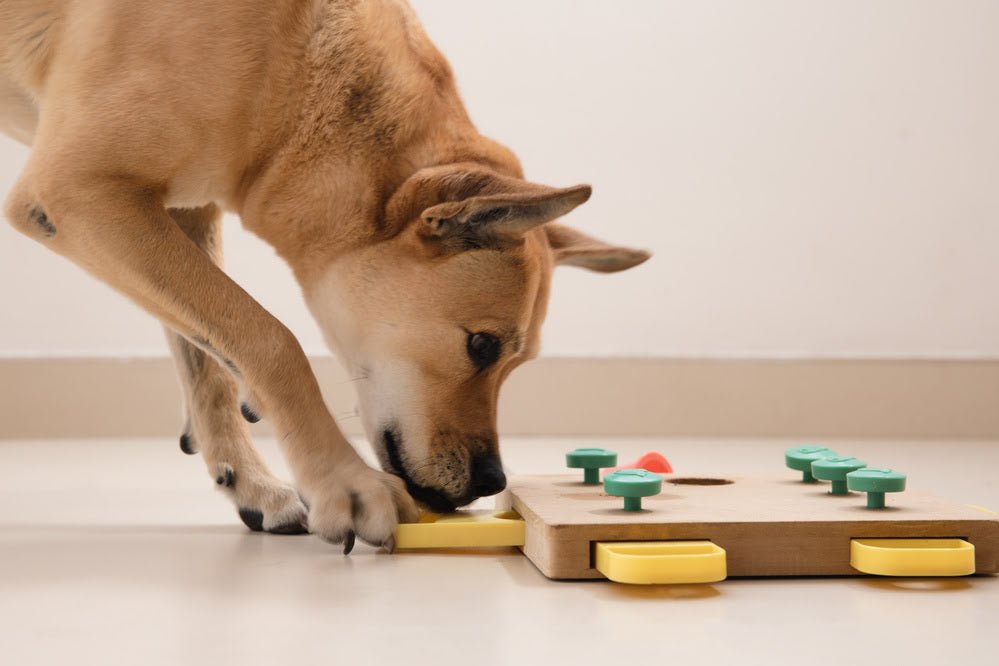



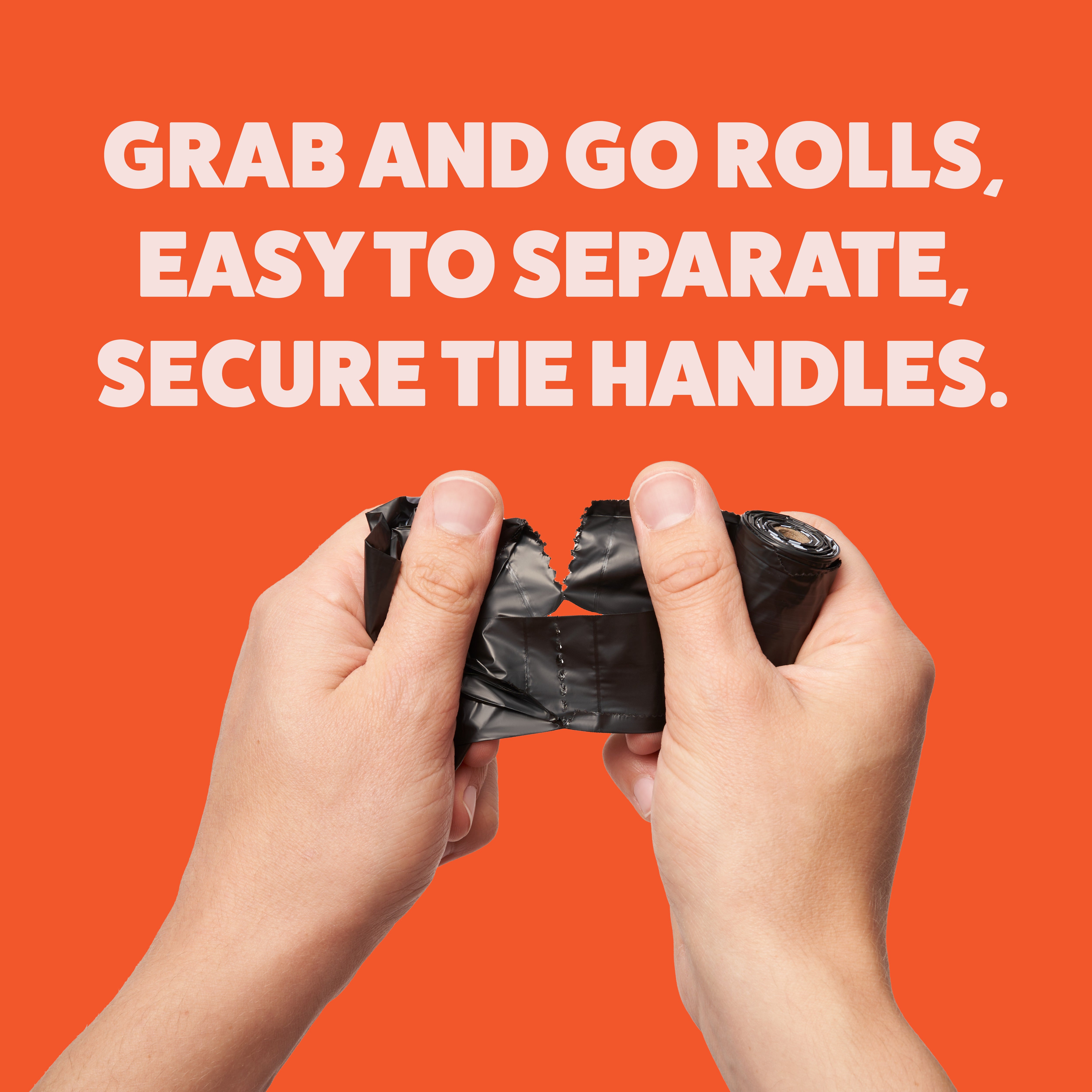
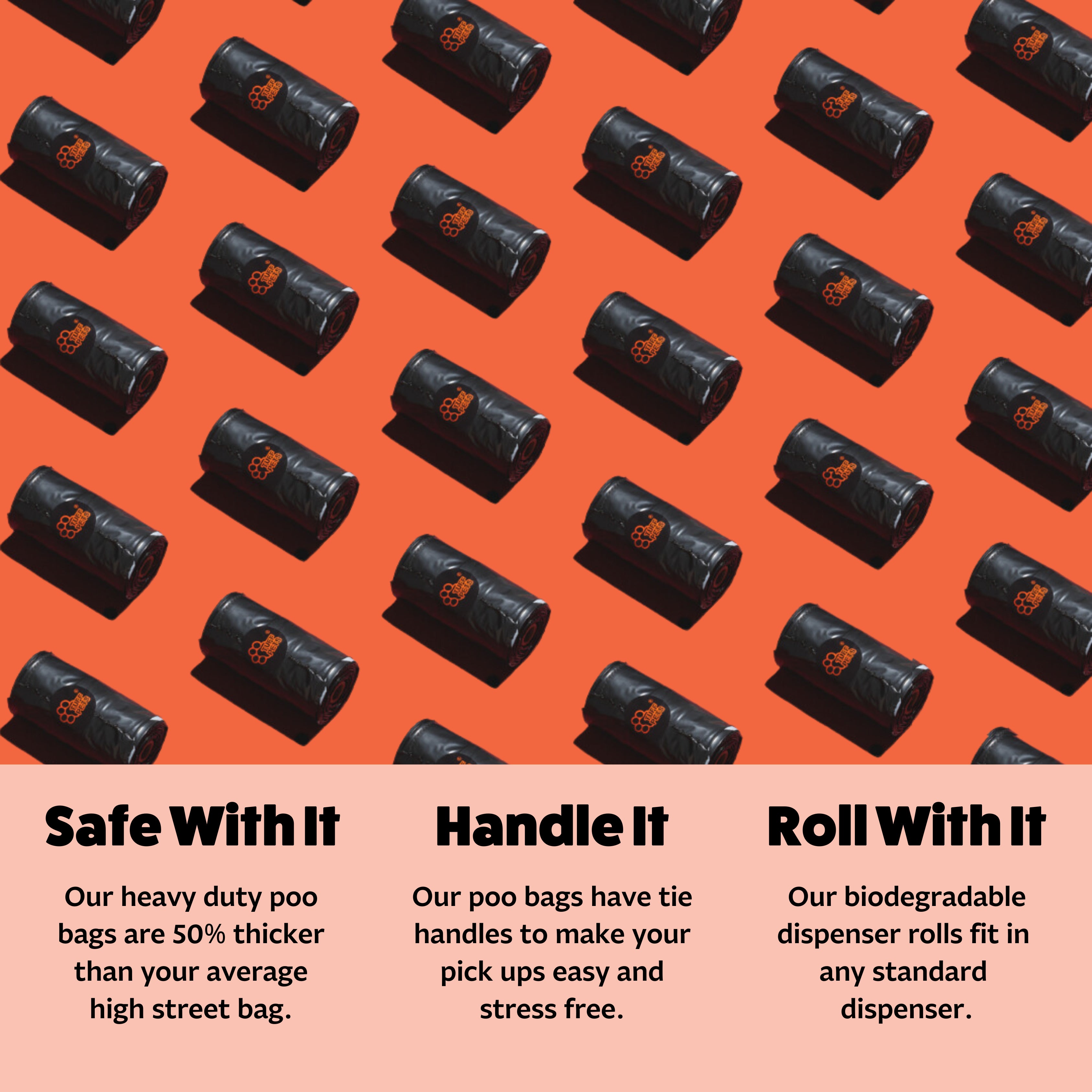
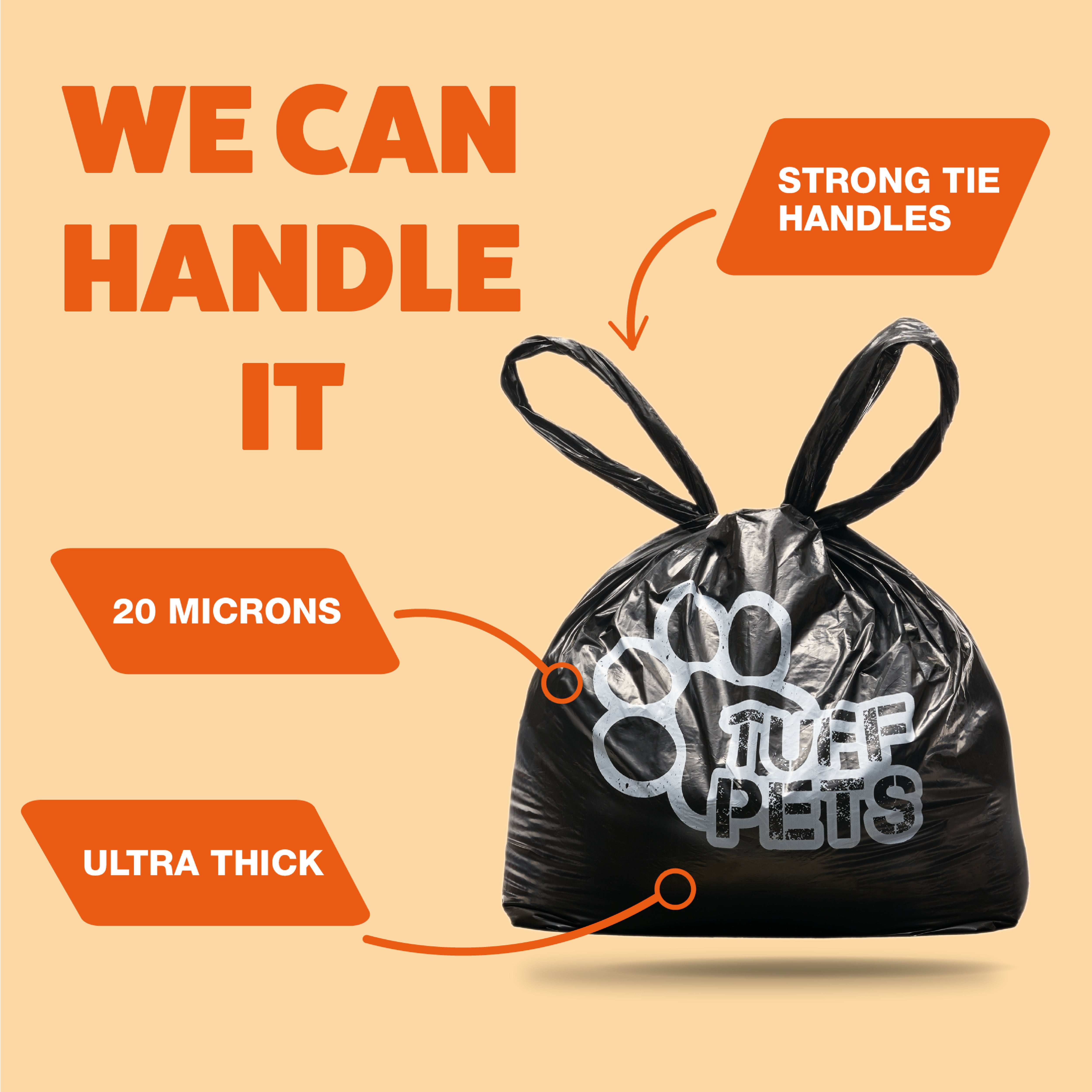

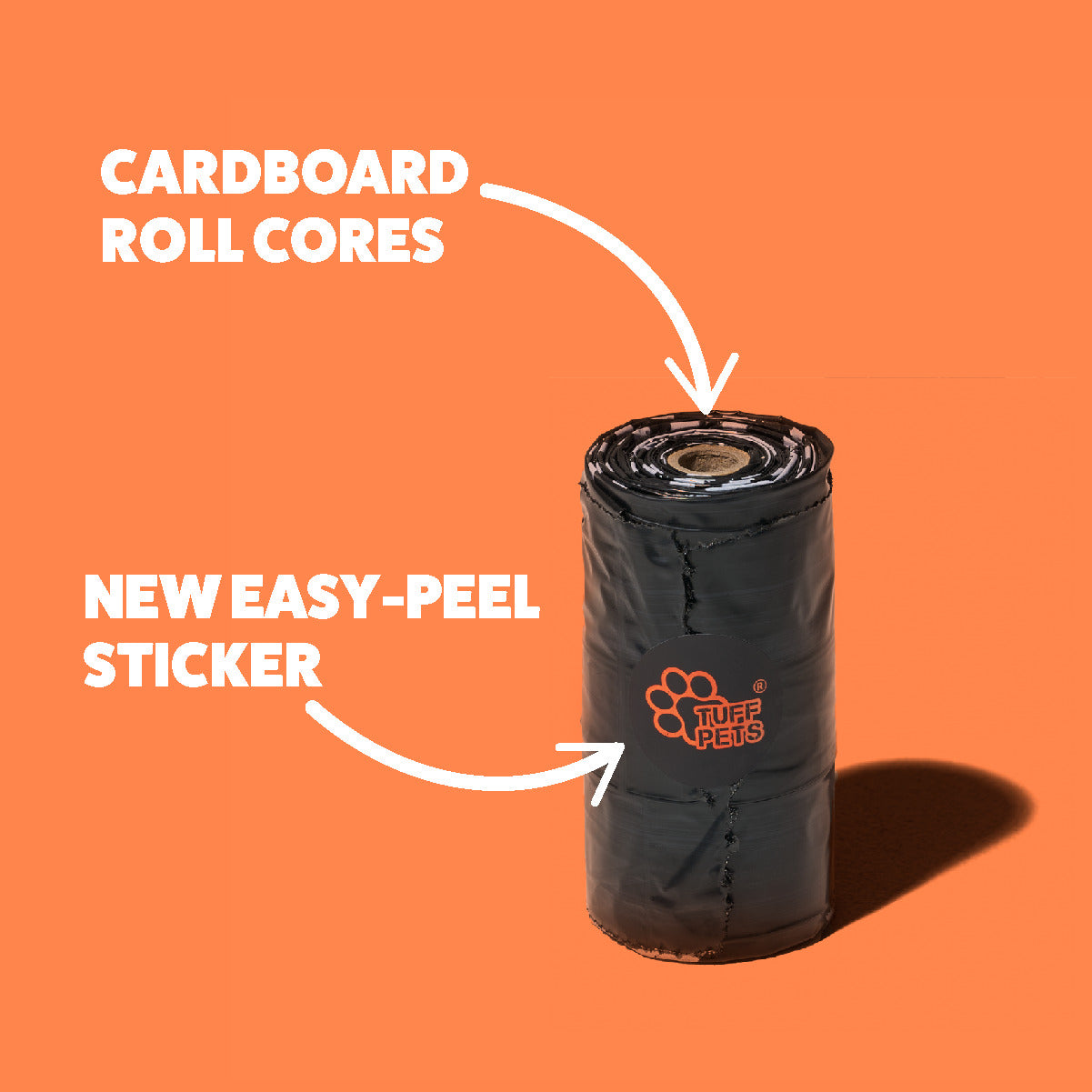
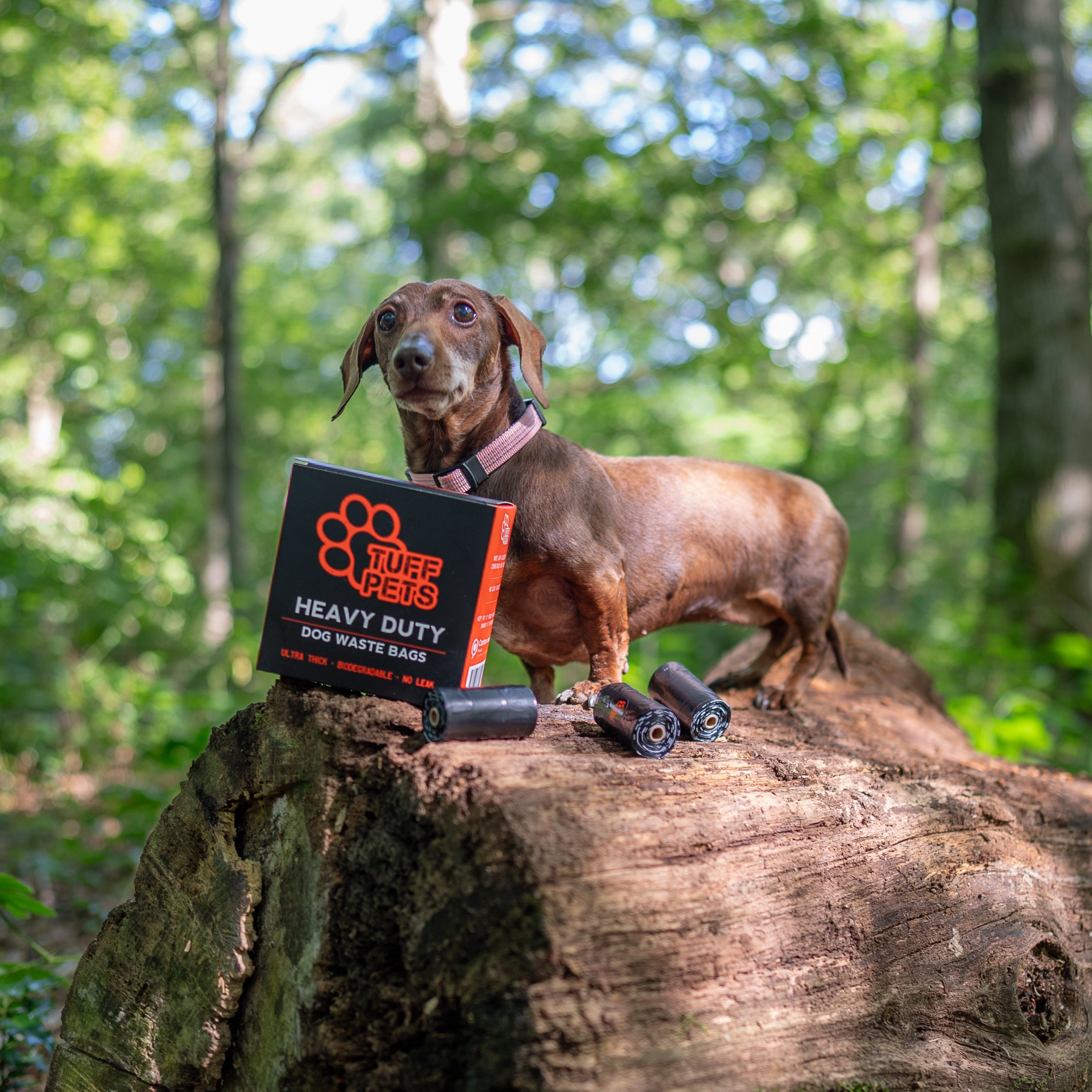
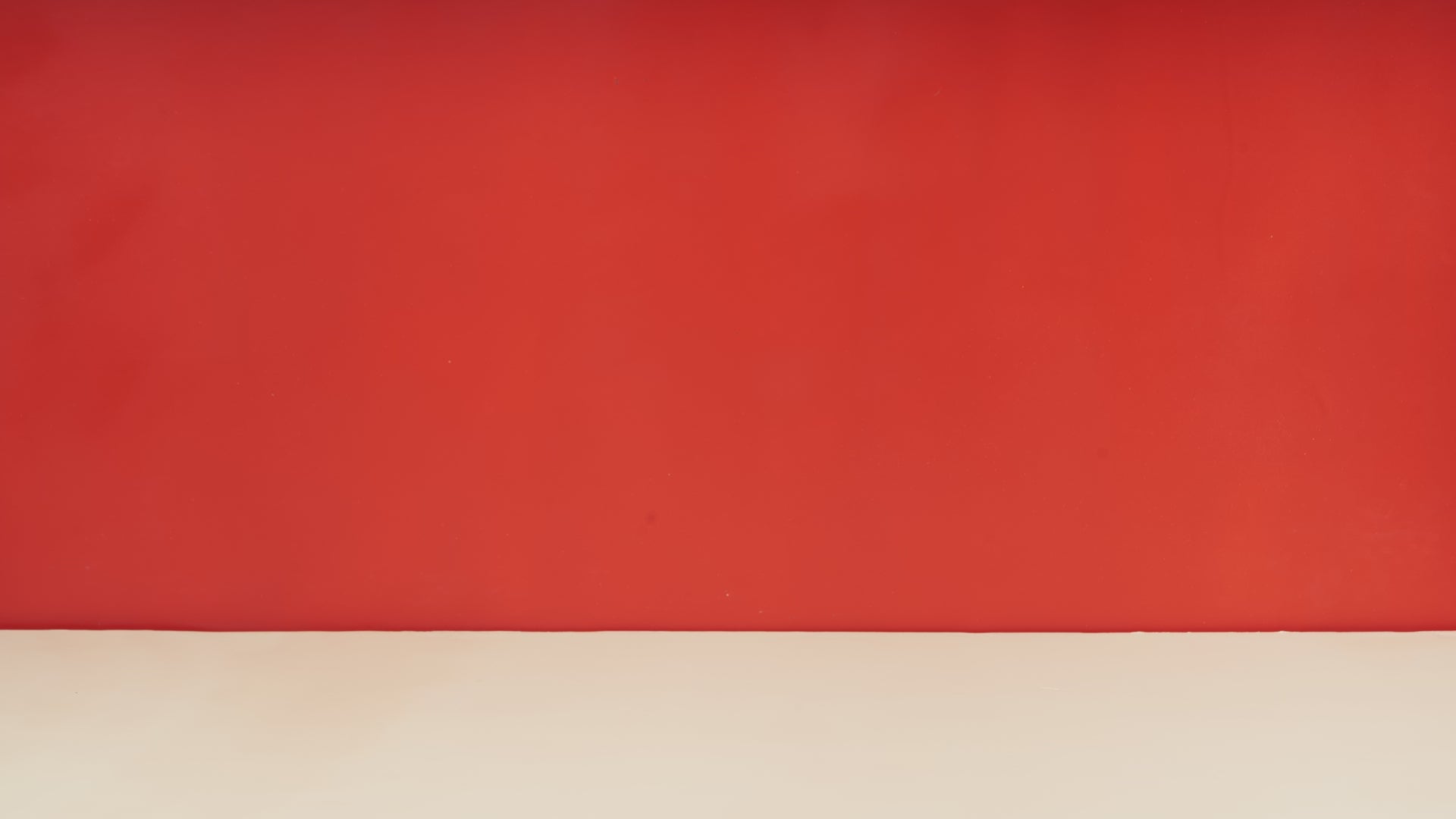

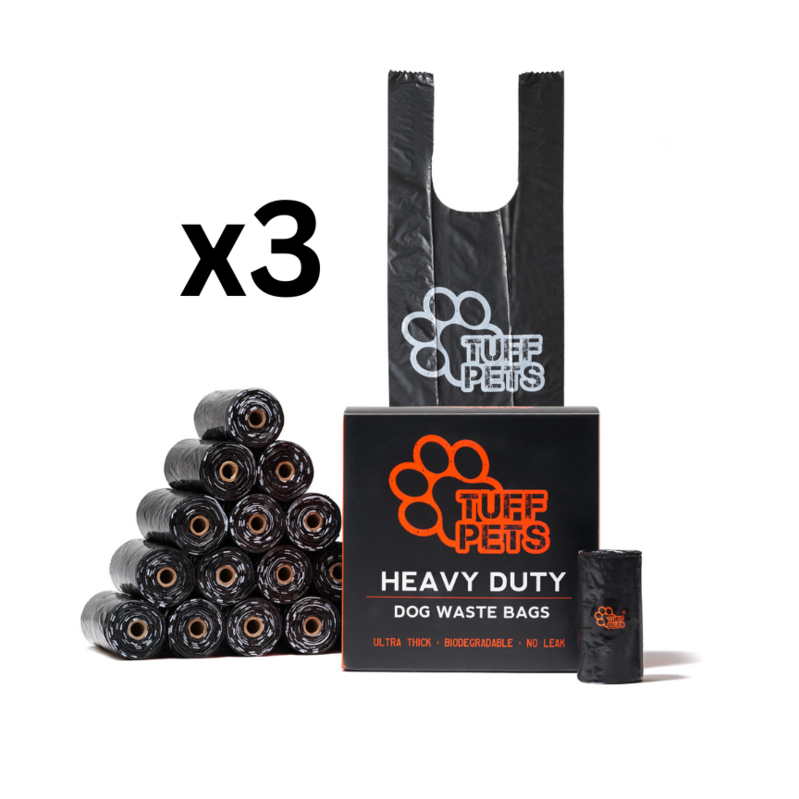
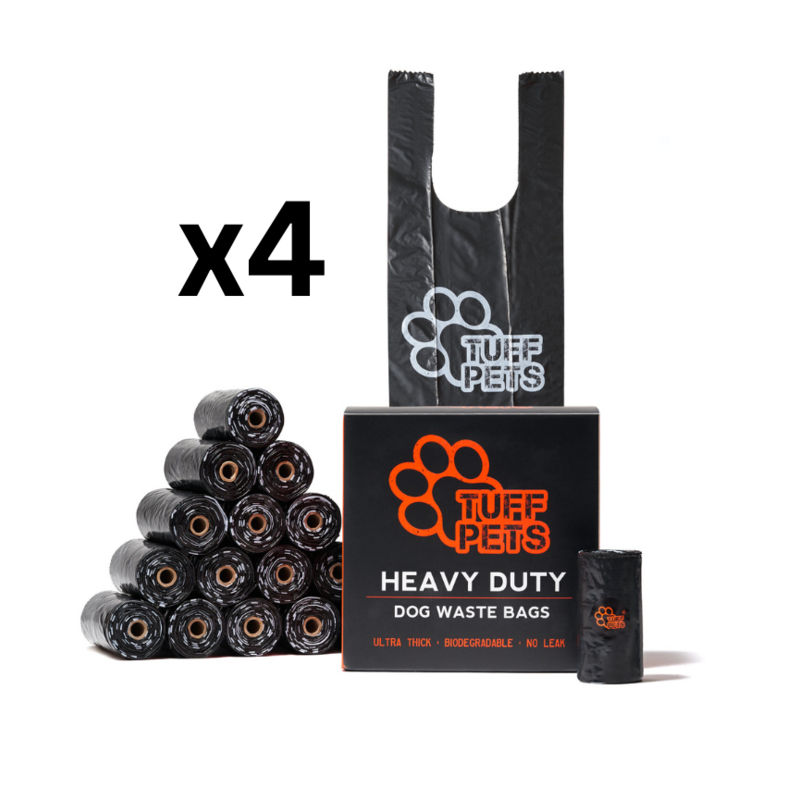
Share:
15 Ways to Give Your Dog More Mental Stimulation
Why Do Dogs Eat Grass and How to Stop Them
1 comment
I found this article really helpful. We have
two dogs with very different temperaments and both adorable. I will take more time to ’listen" to them.